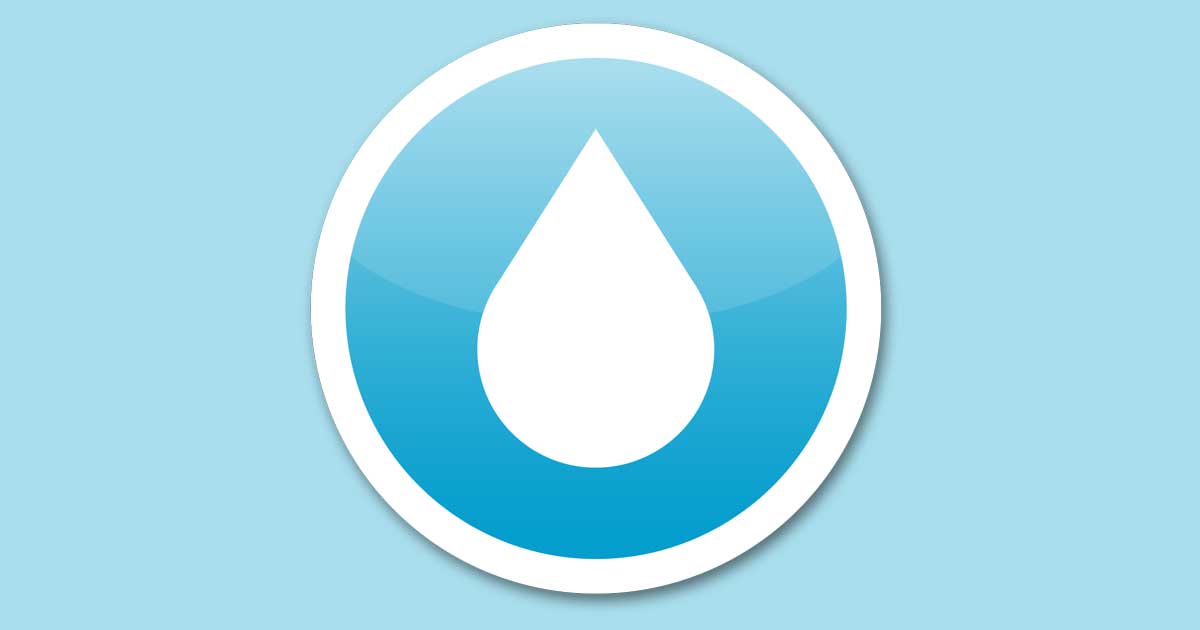Listed below, you will find our current rates and policies. If you do not find the information you need, please contact our office and we will provide it for you.
Explanation of our Water Rate
Water Rates
| Water Rates Effective as of February 1, 2025 (will show on 3/1 bill) Flat Rate/plus scale below for water usage Flat Rate for Irrigation Meter plus scale below for water usage |
- $36.63 $13.10 |
| Usage (gal.): | Price per 1,000 gallons used |
|---|---|
| 0-4,999 | $6.44 |
| 5,000-9,999 | $6.85 |
| 10,000-19,999 | $7.00 |
| 20,000-29,999 | $7.31 |
| 30,000-39,999 | $7.36 |
| 40,000-49,999 | $7.42 |
| 50,000 and above | $7.52 |
To clarify how this works, the first 4,999 gallons costs everyone $6.44/1,000 gallons used calculated at $.00644/gallon. If you go over 5,000 gallons, the amount used from there to 9,999 gallons will be charged at $6.85/1,000 gallons, then from 10,000 through 19,999 the rate is $7.00, etc.. This is illustrated in the table below.
These numbers do not reflect the other costs that the City of Lawton adds on each acct such as Sub-Meter or Pumping Fee which we just pass through. So, total bills will be slightly higher than these numbers.
Sewer Rate
| Sewer Rate as of 3/1/2024 (will first show on 4/1 bill) | $41.20 |
Note: Pecan Valley Rural Water District homeowners with their own septic systems are NOT charged a sewer rate. These only pay the Water Rates above.
Sewer Rate is only charged to residents connected to the Rural Water District's sewer system. This shows as a separate line item on your bill.
The rate has been raised due to two factors:
1) Regulatory Requirements related to our sewer system are quite expensive to implement. The regulatory agencies require us to match funding we are receiving from the State and Federal sources, so we must build up accounts to provide that matching before we can get their funding.
2) We continue to have problems created by people flushing wipes, grease, feminine products, and condoms; all of which must be removed from the sewer before the water flows into our sewer lagoons. We are removing about 4 tons per week of this stuff -- the volume of this stuff is 10 times higher than it was in 2019.
